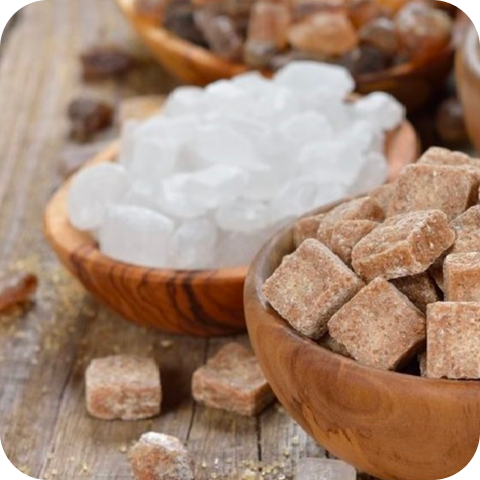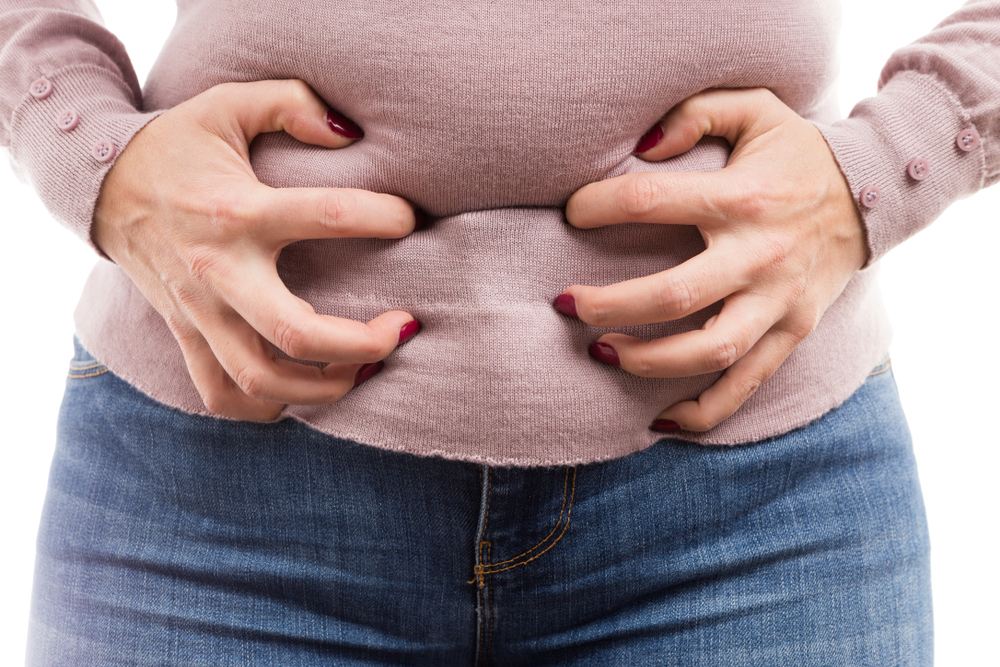Sugar is considered an integral part of our life when it comes to food. After waking up, we grab a cup of coffee or tea with sugar. Then this process of sugar consumption continues the entire day either by adding it to tea or milk or by consuming it indirectly through various food products such as ice creams, chocolates, cold drinks, and packaged fruit juices.
Sugar, Honey, Or Jaggery… Before we begin, what is good, and what is bad? Let us understand some quick concepts we’ll need to answer this question:
Calorie Density
It’s the number of calories per gram that a product has. If our goal is weight loss, then net calorie intake is the only metric for us to track.
Insulin
When we eat anything, our body breaks the carbs down into constituent sugars. These sugars get absorbed into the bloodstream and travel to all cells, giving them energy. Insulin is the hormone our body produces to regulate these changes by the glucose uptake into cells, reducing serum blood glucose levels.
Glycemic Index (GI) & Glycemic Load (GL)
The glycemic index is a way to measure how 50 grams of carbohydrates in a particular food will cause our blood sugar levels to rise. The higher the number on the glycemic index (1-100), the more rapidly the carbohydrate is converted into sugar. Although our brain and body need glucose to function, too much too fast is not healthy.
Example
High-fiber food has a very low GI. Sugary foods have a very high GI.
The glycemic load takes the glycemic index one step further and measures the rise in blood sugar based on the number of carbohydrates the food contains in an average serving. The glycemic load is calculated by multiplying a food’s glycemic index by the carbohydrate content (measured in grams) and dividing by 100.
So now, which of these sweeteners is better? How can we define ‘BETTER’ here?
The most common differentiation we hear is ‘it seems more natural.’ Still, people generally mention two other reasons when asked why they chose brown sugar/honey/jaggery over regular sugar.
“It’s better for weight loss.”
“It’s healthier because it’s less processed and has more micronutrients.”
So let’s examine each of the three on both these bases.
1. It’s better for weight loss
Testing this is easy. A food product needs to have lower calorie density to be better for weight loss. Simple. Now,
White/Brown Sugar
Sorry to burst your bubble, but brown and white sugar have almost the same calorie density. 375 kcal and 390 kcal per 100 gm, respectively. But the difference is negligible when we consume one teaspoon or ten gms of it.
Honey
Honey does have a slightly lower calorie density. At about 330–340kcal/ 100gm, which is about ~12% less . But again, at a ‘per teaspoon’ level, that difference is negligible. And most often, we see people adding a bit extra honey, thinking they’re making the healthier choice. That extra two gms and the calorie difference vanishes.
Jaggery
Jaggery is the same as Honey and Sugar. Jaggery has ~380kCal/100gm. So there’s very little difference in calorie density.
Having either of the three is not good or bad. They are almost the same in terms of calories. You need to factor it into your daily calorie count. Don’t let anyone fool you into having more sugar than you need. They are not. If limiting calorie intake is your goal, then there is no difference between them.
2. It’s Healthier, less processed & rich in nutrients
We are aware that “The Dose makes the poison.” So, food being healthy depends on how much quantity you consume. That being said, brown sugar, demerara sugar, honey, and jaggery are thought to be better because they are less processed and have more nutrients. Let us break this down.





fhfdhdfh